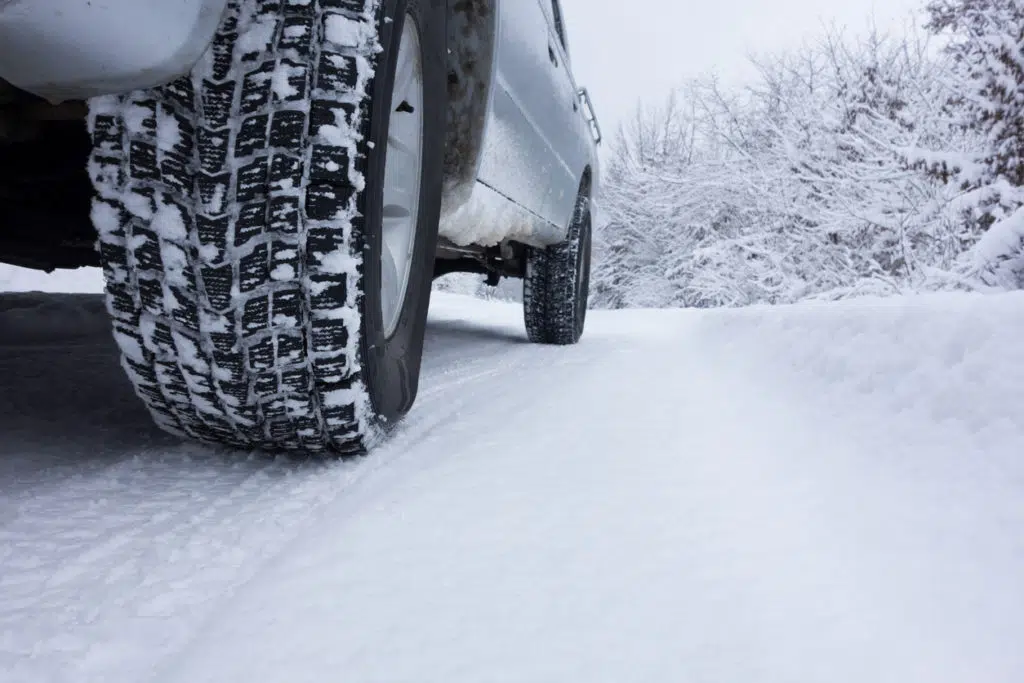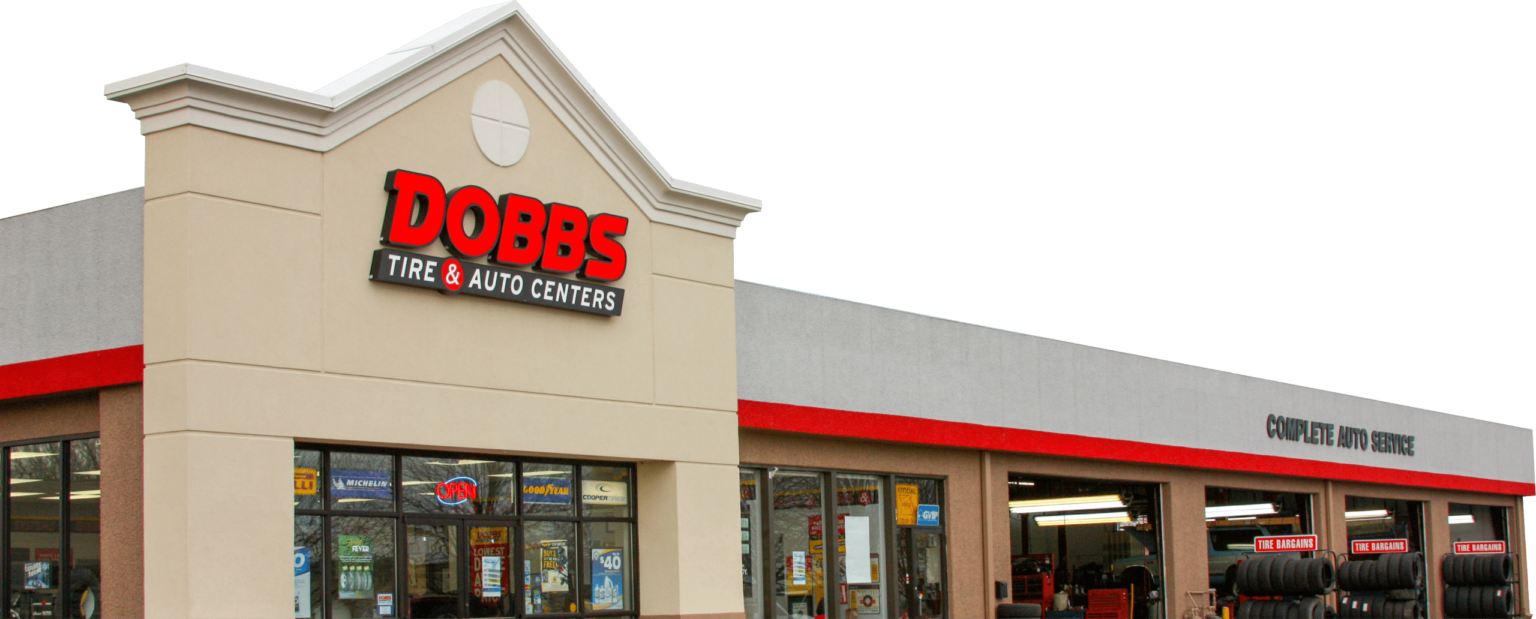The Winter Tire Checklist

Winter is finally here, and that means cold weather, dark nights, and hazardous road conditions are here to stay. As these hazards continue to increase, it is only a matter of time until your car or truck starts to feel the effects of the snow, ice, or just the cold. Although many components on your vehicle can fall victim to the pitfalls of winter, one of the most noticeable issues can be seen in your tires. If your tires are worn down or aren’t built to handle the lack of grip caused by winter in your area, you could find yourself on the losing end of an easily avoidable accident. Luckily, you can easily get your tires checked along with the rest of your vehicle in one quick stop at your local Dobbs Tire & Auto Centers. Here is our recommended winter tire checklist.
Check Your Tread
The treads on your tire help actively channel water, snow, and debris away from the face of your tire to ensure that your vehicle keeps a good grip on the road. As your tires wear down, these treads will become less prominent and will eventually stop being able to grip the road at all. You can do a quick check of your treads at home using nothing but a quarter. Simply put your quarter into one of your treads with George Washington’s head facing down. If you can see the top of his head, you have less than 4/32 of an inch of tread left and you should replace your tires as soon as possible. This amount of tread will not function properly, especially in wet or icy conditions, so make sure you check your treads before any major snowfalls occur.
Air Pressure Guide
We recommend that you try to keep your tires at the recommended air pressure for your specific vehicle. Although some vehicles will recommend different pressure levels, most vehicles want to sit between 30-35 PSI. As the temperature drops, your tire pressure will also drop as the air inside will condense from the colder temperatures. Try to check your tire pressure every month if you can, especially any time there is any noticeable temperature shift.
Do You Have The Right Tires?
The right tires go a long way. If you get any snow, ice, or sleet in your area, you need to choose the right tires to fit the job. For heavy snow areas and places that experience regular freezes, winter or snow tires are highly recommended. These tires are made of a softer rubber that will flex more easily in colder temperatures, allowing the face of your tires to grip the road more easily. On the other hand, if your area rarely experiences any snow, all-weather tires might be the better option. These tires can generally stand up to most road conditions, though they may lose a bit of grip in icier conditions. They will also stand up better to warmer roads compared to snow tires.
If you need help finding the right tires for your vehicle or want to learn more about how you can protect your vehicle all winter long, stop in at one of your local Dobbs Tire & Auto Centers today. We look forward to helping you make sure that your vehicle is ready for anything winter can throw at you!
